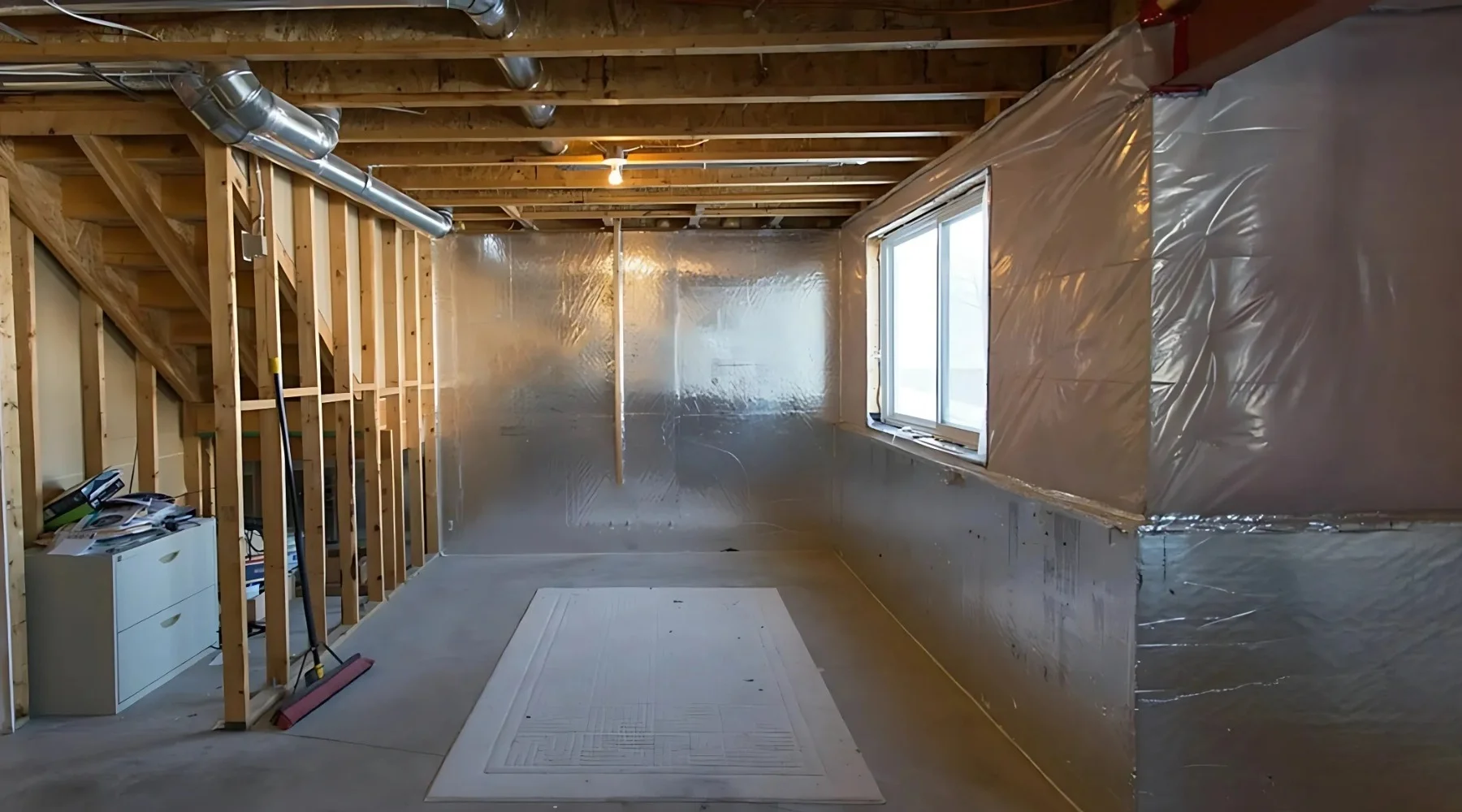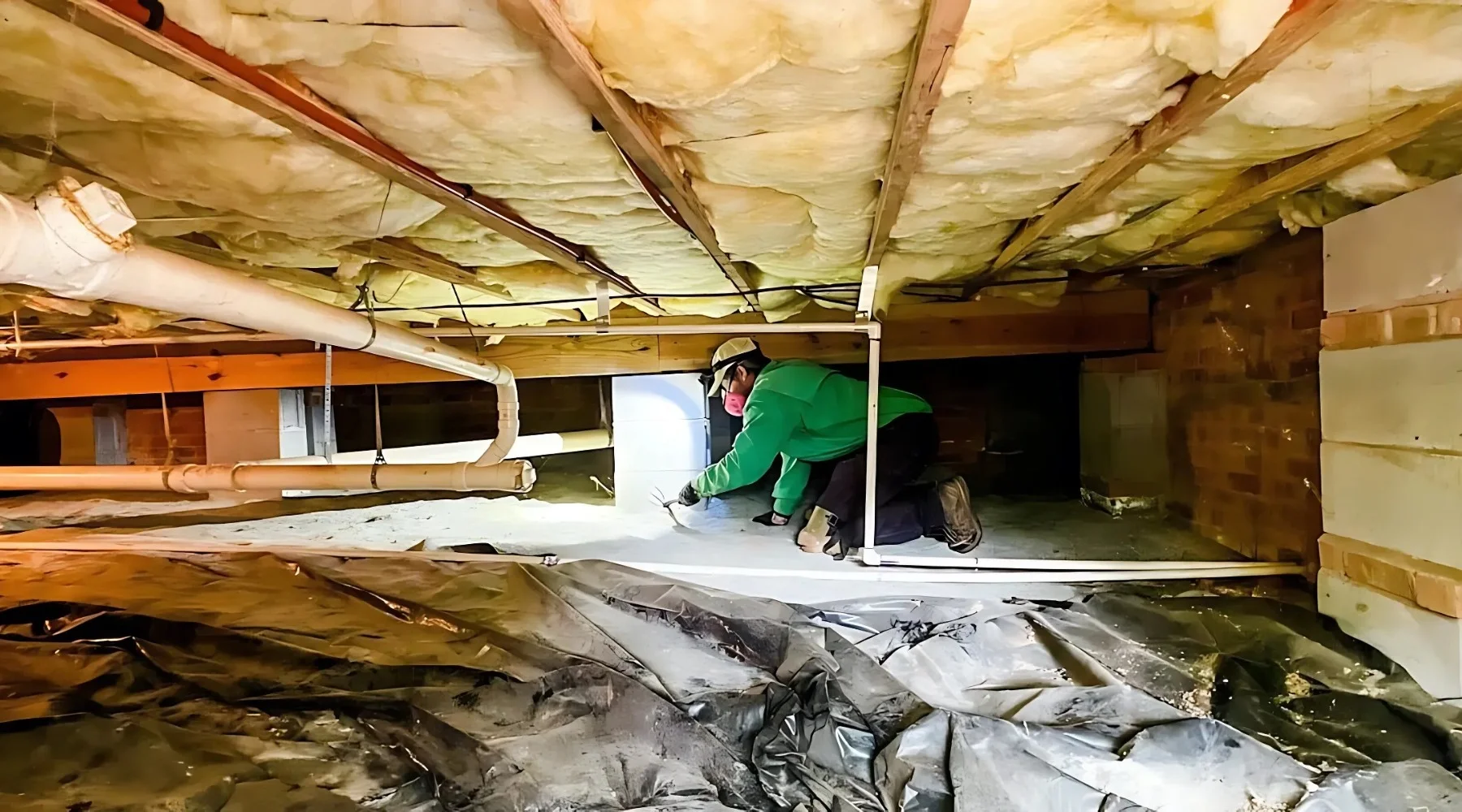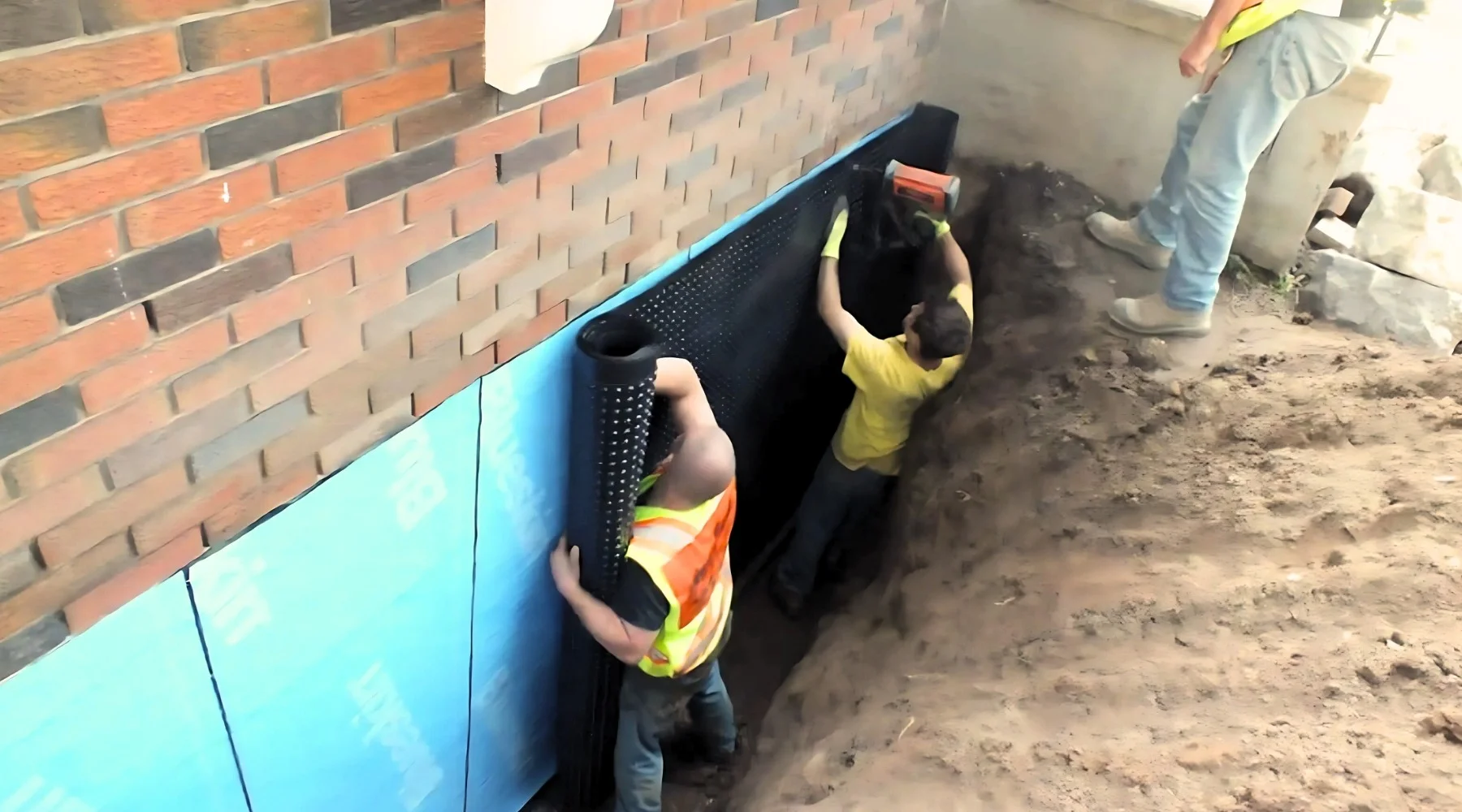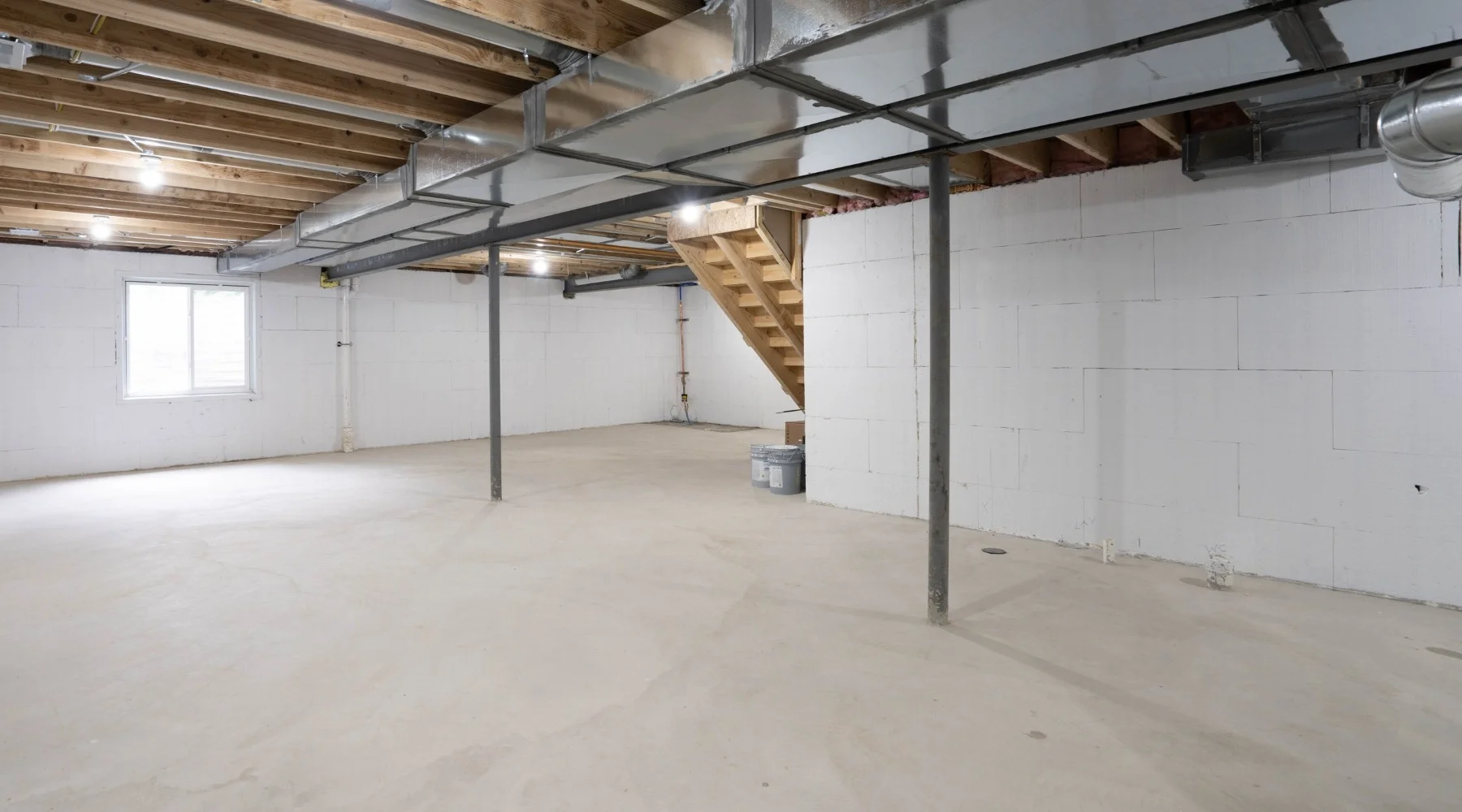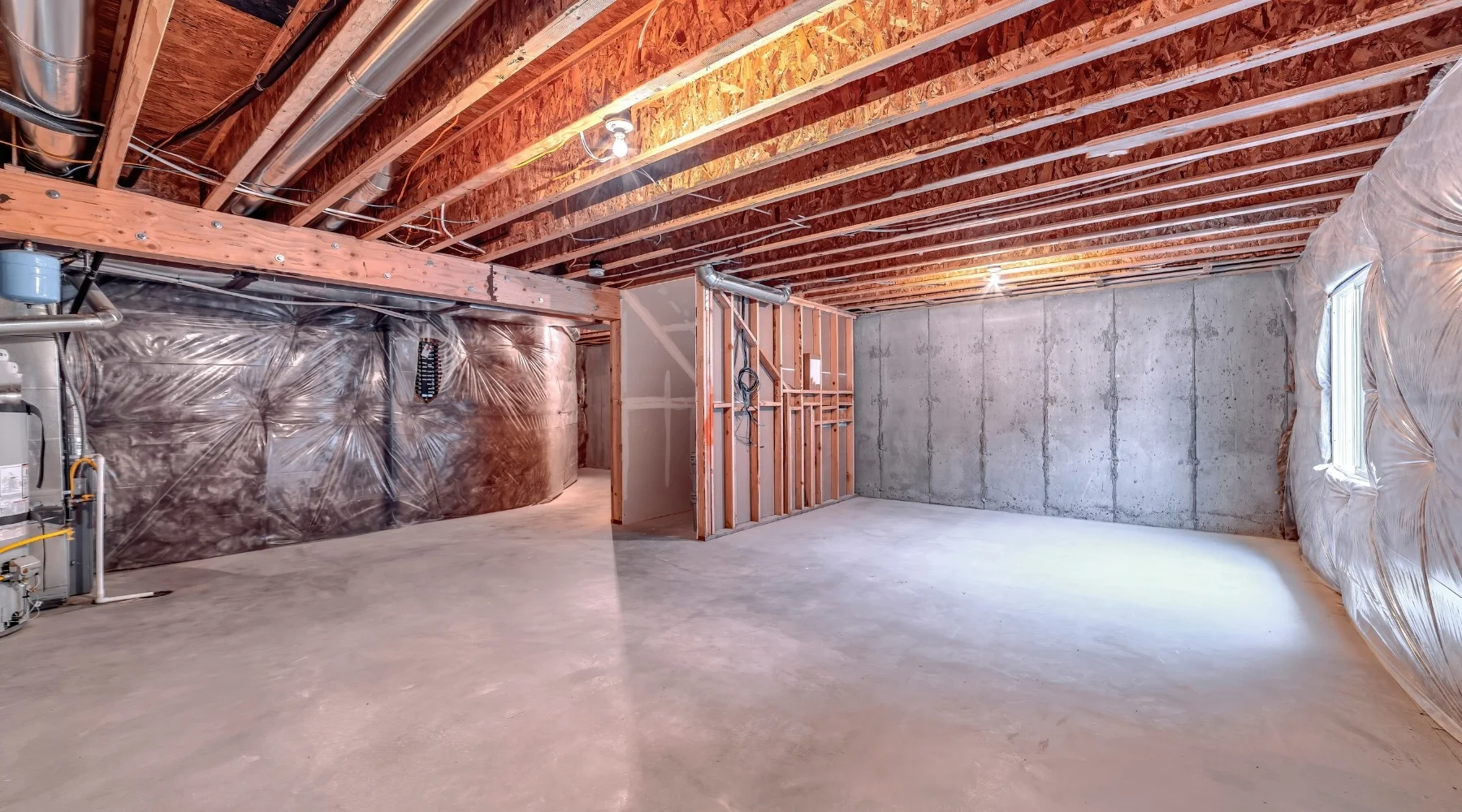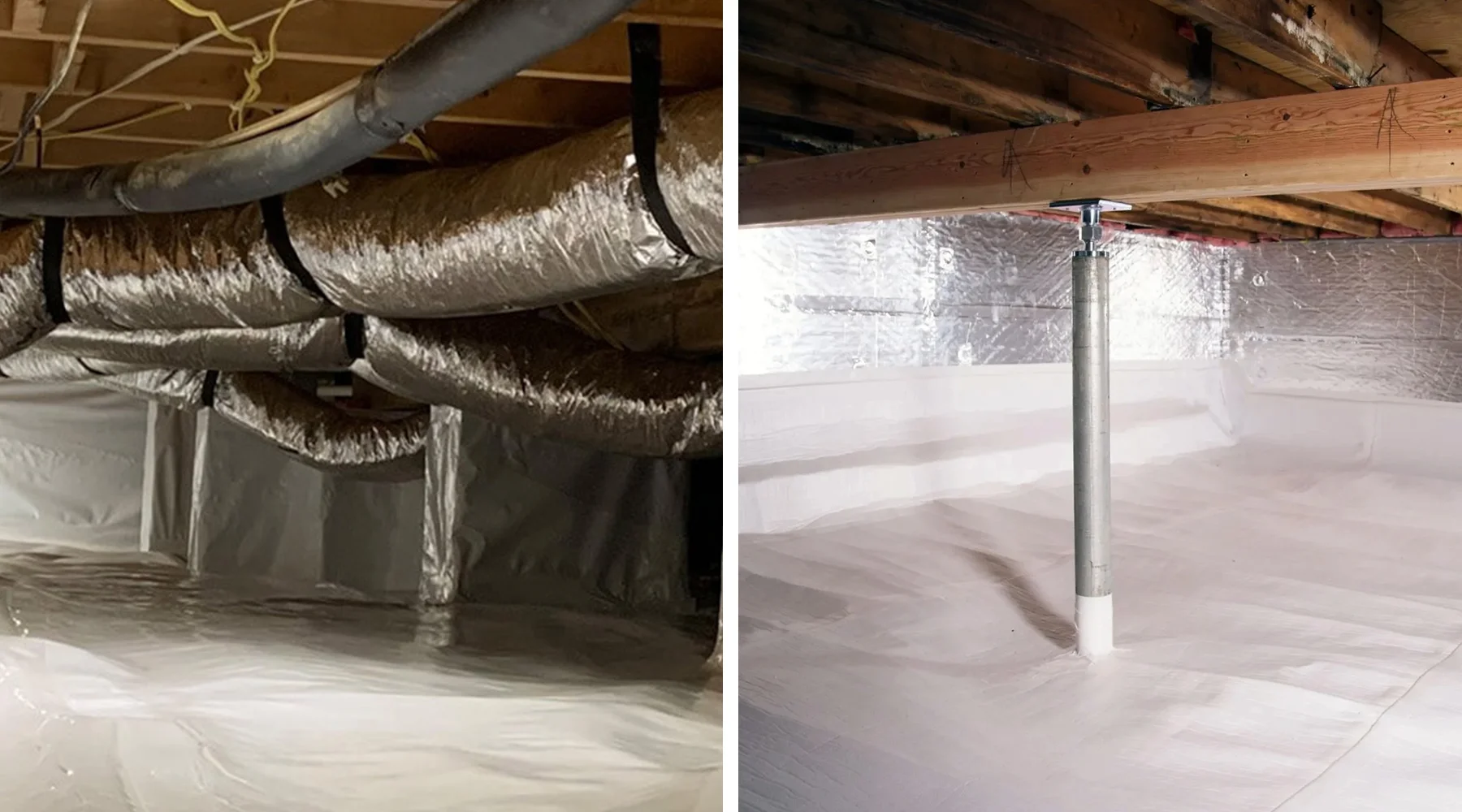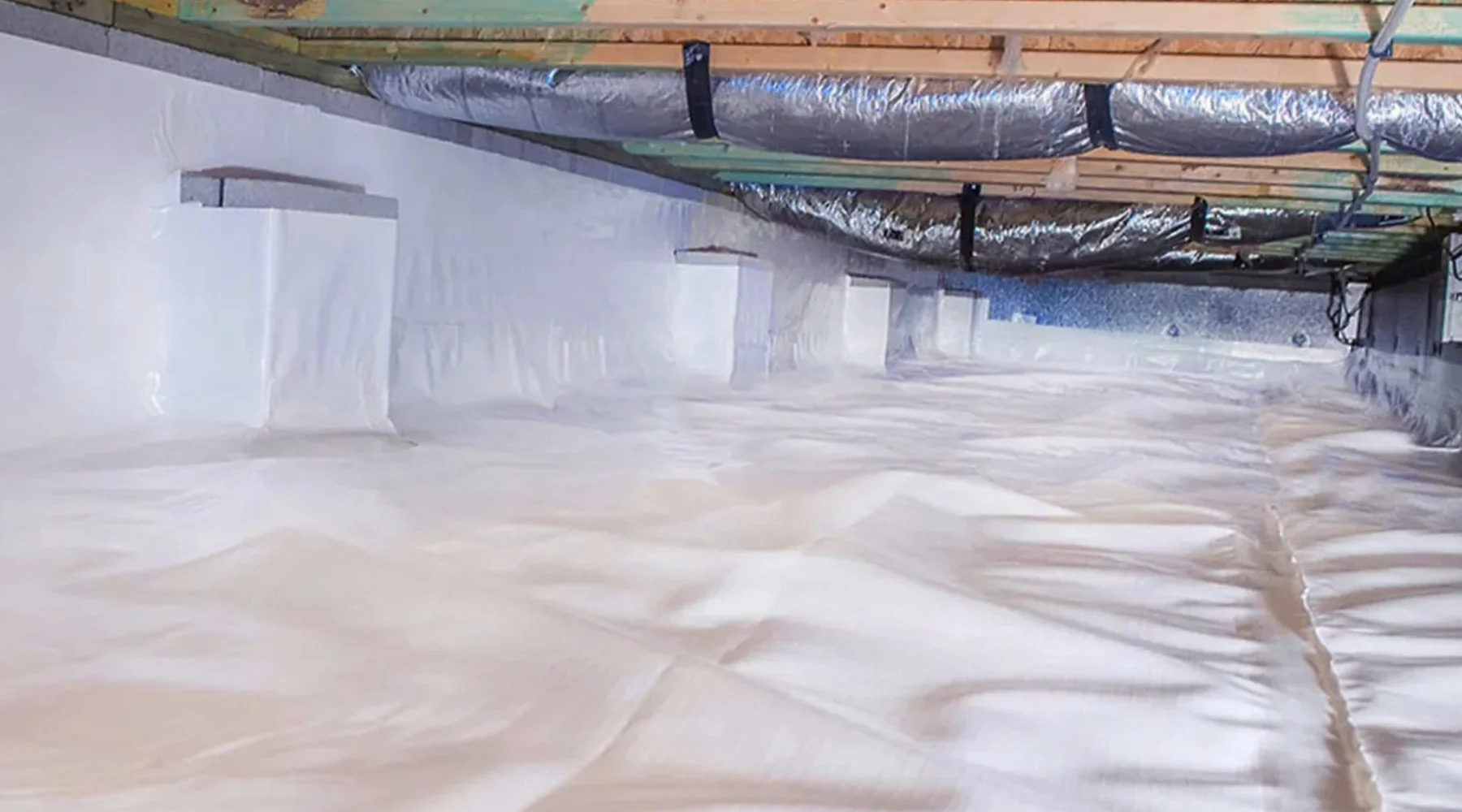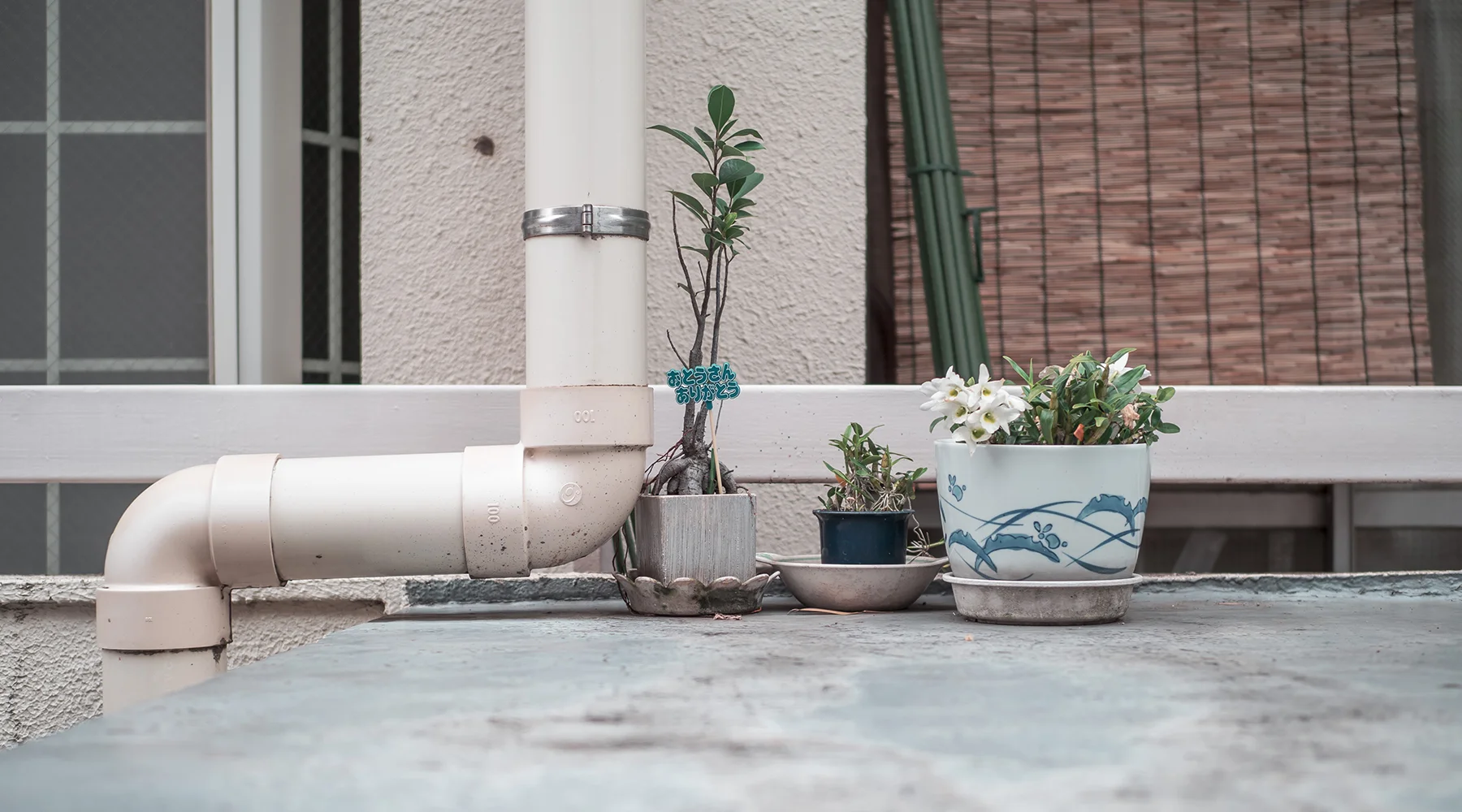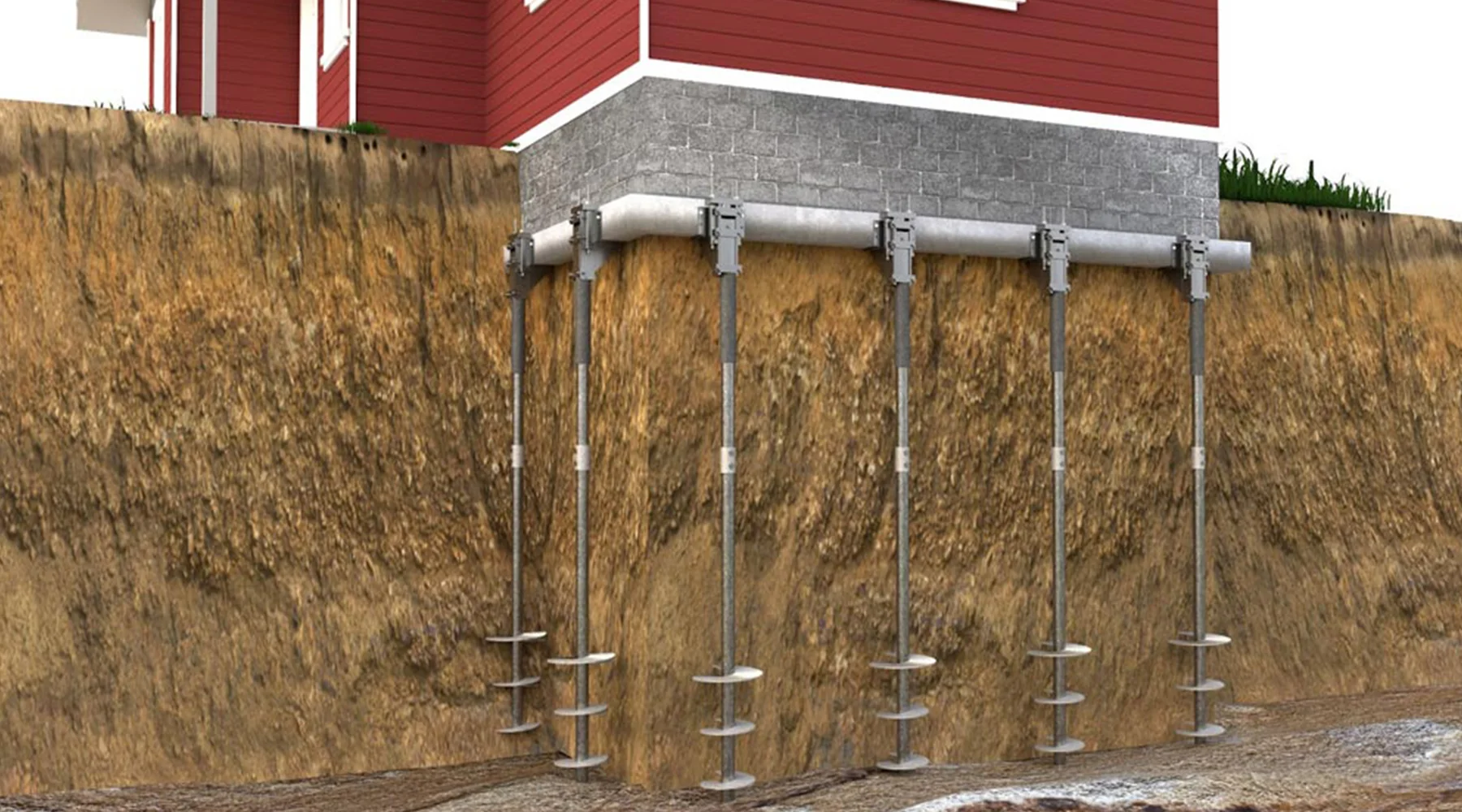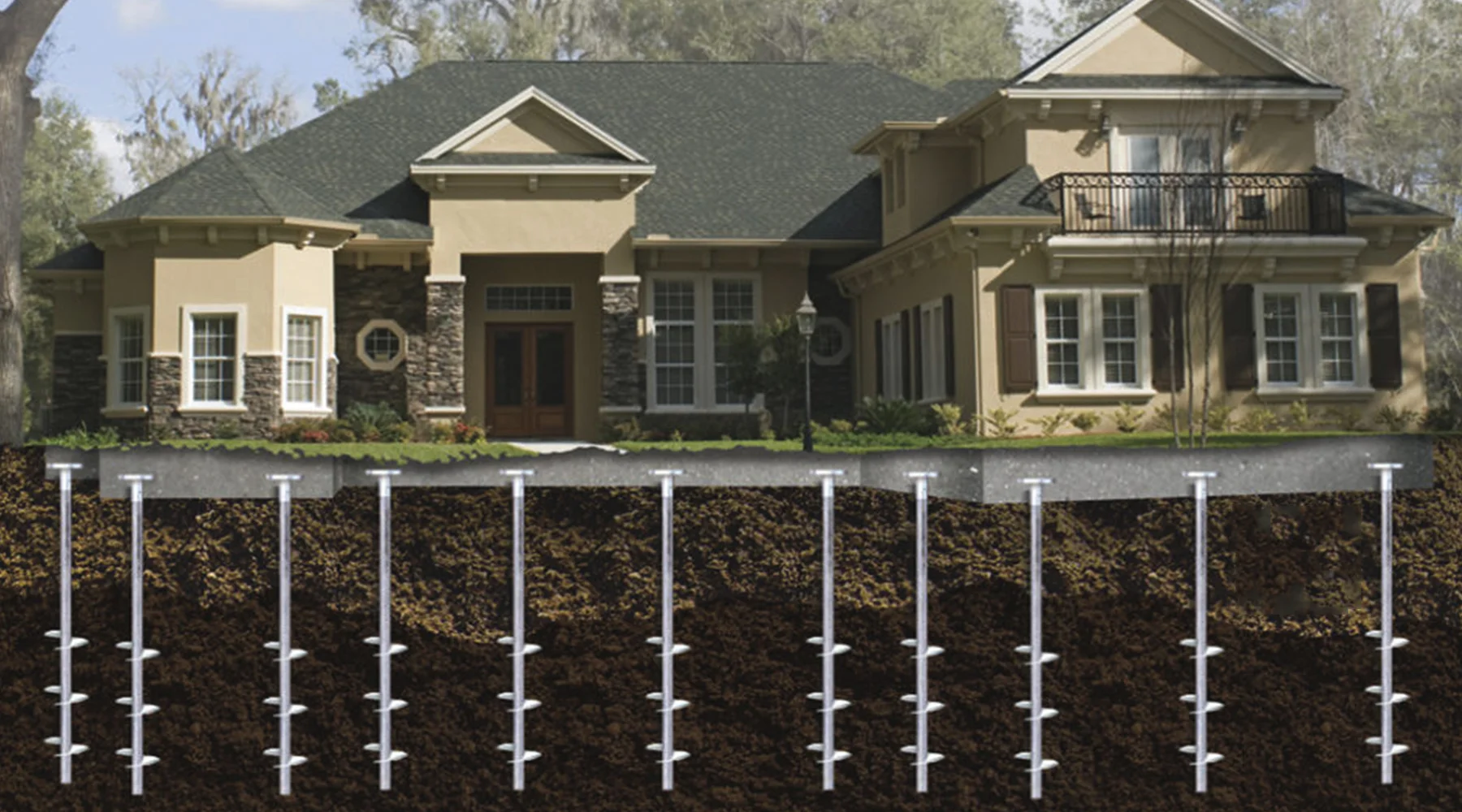How To Maintain A Dry Basement Waterproofing: Preventative Tips For Homeowners
Maintenance of your basement is vital for a healthy home, especially when it comes to preventing moisture buildup and potential damage. By employing effective basement...
Protect Your Investment | Don’t Wait for Damage! | Easy Financing Options Available | Get Your Free Waterproofing Estimate
Tristate Also Accepts:
Protect Your Investment
Don’t Wait for Damage!
Easy Financing Options Available
Get Your Free Waterproofing Estimate
Tristate Also Accepts:

Cracks in walls commonly appear during seasonal weather changes. Temperature, moisture, and soil movement impact your home’s walls throughout the year. Understanding when cracks are normal and when they signal serious problems helps you protect your property. Seasonal weather patterns directly affect building materials and soil conditions around your foundation. ...
